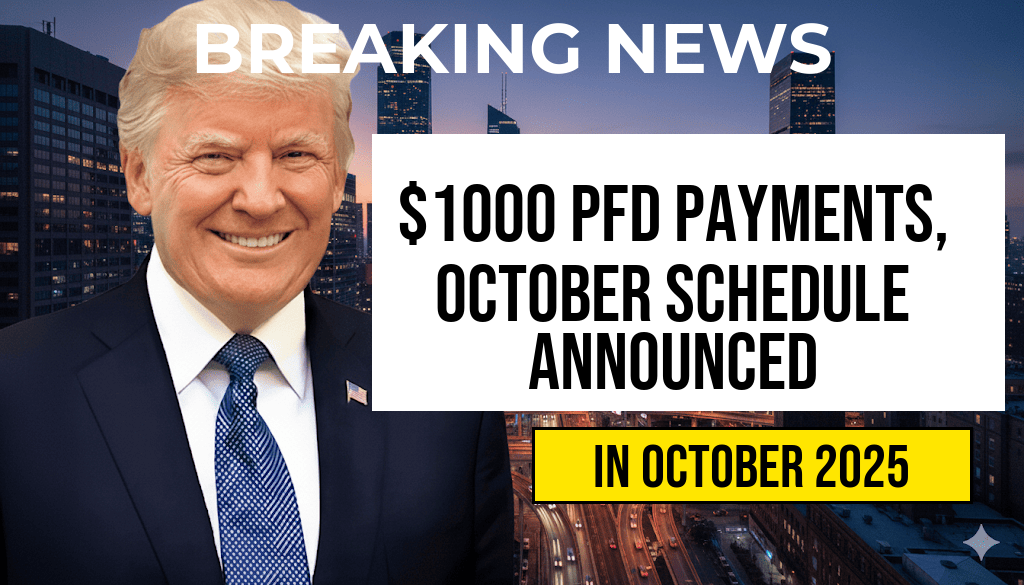The Supplemental Nutrition Assistance Program (SNAP) benefits for millions of recipients are set to end after a significant overhaul scheduled for October. The federal government announced that temporary measures implemented during the COVID-19 pandemic, which provided enhanced benefits and relaxed certain eligibility requirements, will lapse at the end of this month. This shift marks a pivotal change in social support policies, affecting nearly 42 million Americans relying on SNAP for food security. While advocates warn of increased hardship for vulnerable populations, officials emphasize the importance of returning to pre-pandemic standards to maintain program sustainability amid fiscal concerns.
Background on the SNAP Overhaul
The COVID-19 pandemic prompted the federal government to introduce emergency measures aimed at mitigating economic fallout. Among these was the temporary increase in monthly benefit amounts, along with adjustments to eligibility criteria designed to reach more low-income households. These actions, authorized under the Families First Coronavirus Response Act, aimed to bolster food security during a period of widespread unemployment and economic instability.
As the nation begins to transition out of the pandemic phase, policymakers are reverting to pre-pandemic SNAP rules. The upcoming October deadline signifies the end of these emergency provisions, which substantially increased benefits for recipients. This change has sparked debates surrounding the potential impact on household food security and the broader social safety net.
Changes Coming in October
| Aspect | Pre-Pandemic Standard | During Pandemic (Temporary) | Post-October Changes |
|---|---|---|---|
| Maximum Monthly Benefit | Varies by household size | Increased by approximately 15% | Reverts to pre-pandemic levels |
| Eligibility Thresholds | Based on income and resources | Relaxed to include more households | Strictly based on standard criteria |
| Work Requirements | Varied by state and household status | Pausing for certain populations | Reinstated in most states |
Impact on Recipients
According to recent estimates from the U.S. Department of Agriculture (USDA), around 90% of SNAP recipients rely on the program for their primary source of food assistance. The rollback is expected to reduce average monthly benefits by approximately $90, potentially pushing some households below the poverty line.
Advocates warn that the withdrawal of pandemic-era benefits could lead to increased food insecurity, especially among children, seniors, and individuals with disabilities. The Feeding America network projects that millions may struggle to meet basic nutritional needs without the enhanced support.
Government Officials’ Rationale and Response
Fiscal Responsibility and Program Sustainability
Officials from the U.S. Department of Agriculture and the White House emphasize the importance of returning to sustainable funding levels for SNAP. They argue that the temporary enhancements were meant as emergency measures, and long-term reliance on increased benefits could threaten the program’s fiscal integrity.
“While we recognize the hardship that changes may cause, these adjustments are necessary to ensure the program’s viability for future generations,” stated a USDA spokesperson. The administration also points to efforts to mitigate impacts through increased outreach and employment initiatives aimed at helping recipients transition into the workforce.
Concerns from Advocacy Groups
Organizations such as the Feeding America and the National Rural Electric Cooperative Association have expressed concern over the looming benefit reductions. They warn that the end of pandemic-era support could lead to a rise in food insecurity rates, especially in low-income communities already strained by inflation and rising living costs.
“Removing these enhanced benefits without adequate alternatives risks undoing years of progress in reducing hunger,” said a spokesperson for Feeding America.
Potential Policy Alternatives and Future Outlook
State-Level Variations
Some states have already begun implementing their own measures to cushion the impact, such as providing additional local assistance or adjusting work requirements for certain groups. However, these efforts vary widely, and not all jurisdictions have the capacity to offer supplementary support.
Legislative Proposals
Several lawmakers have proposed extending or modifying the current SNAP framework to better support vulnerable populations. These proposals include targeted benefit increases, expanded eligibility for seniors, and temporary waivers for work requirements during economic downturns.
As Congress continues debate over social safety net programs, the October transition will serve as a critical test of policy priorities and the federal government’s capacity to balance fiscal responsibility with social welfare.
Implications for Food Security and Economic Stability
The end of enhanced SNAP benefits underscores the ongoing challenges faced by low-income households amid inflation, housing costs, and employment uncertainties. Experts warn that without targeted interventions, the reduction in benefits could exacerbate existing disparities, increase reliance on emergency food aid, and strain community resources.
As the nation adjusts to the post-pandemic landscape, the coming months will reveal how policymakers and local agencies respond to the evolving needs of vulnerable Americans. Continued monitoring and adaptive strategies will be essential to prevent setbacks in the fight against hunger.
Frequently Asked Questions
What is the reason for the end of Snap benefits for recipients in October?
The Snap benefits for recipients are set to end in October due to a recent overhaul of the program, which includes policy changes and funding adjustments by the authorities.
How will the overhaul affect Snap recipients?
The overhaul will result in the ending of certain Snap benefits, potentially reducing support for some recipients and changing eligibility criteria.
Are there any alternatives or assistance programs available after the Snap benefits end?
Recipients are encouraged to explore other assistance programs and community resources, as the Snap benefits will no longer be available after October.
Will there be any transitional support for Snap beneficiaries affected by the overhaul?
Information about transitional support or aid for Snap beneficiaries is limited, but recipients are advised to contact local social services for guidance and assistance.
When exactly will the Snap benefits end, and what steps should recipients take before the overhaul?
The Snap benefits will officially end with the October implementation of the overhaul. Recipients should review their benefits, update their information, and seek alternative support options before this date.






